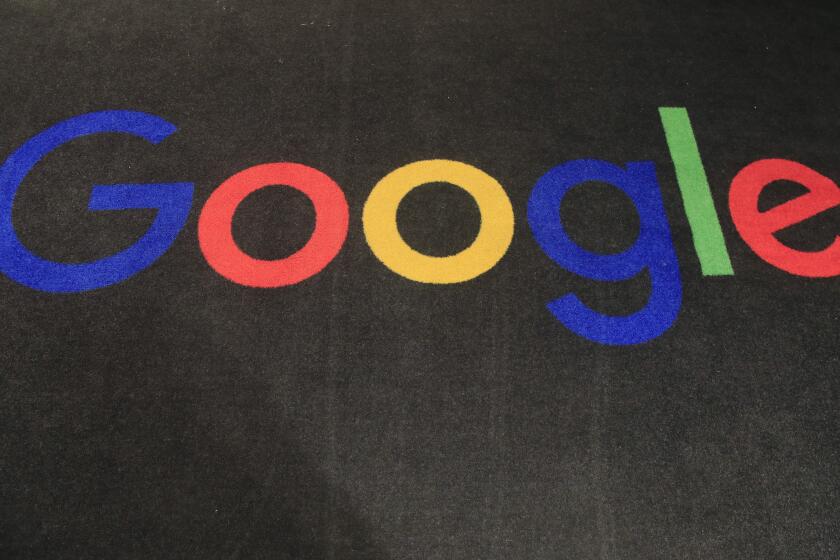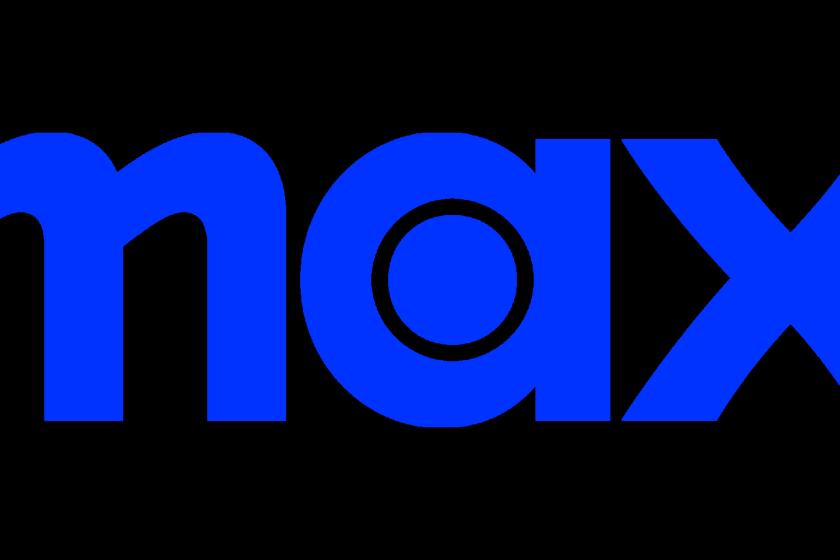As Bar-Code Business Booms, So Does Eltron : Technology: The product isn’t sexy, but profits and sales are zooming for the Chatsworth maker of a hot commodity--label printers.
- Share via
CHATSWORTH — After an initial public stock offering, many stocks nose-dive as investors’ expectations early on are deflated. Not so with Eltron International Inc., a Chatsworth maker of bar-code printers.
In the year since Eltron went public at $6 a share, its stock has more than tripled to about $22. The company might not be sexy--Eltron’s printers are desktop metal boxes that spit out bar-code labels--but its appeal is obvious in its numbers: In the nine months ended Sept. 30, Eltron’s profit hit $1.73 million, up from $469,260 in net income a year earlier, while its sales zoomed to $11.4 million from $4.2 million.
What’s behind the fast growth? The bar-code printer industry has been growing rapidly as costs come down and applications expand. Best known for making supermarket checkouts speedier, bar codes are now used by delivery companies to track shipments, manufacturers to identify parts and laboratories to label specimens.
Bar-code labels are like small license plates marked with vertical lines. When scanned by lasers and fed into a computer, the lines are translated into numbers or letters that identify the product and provide information such as price, or where and when the product was made. Bar codes have existed since about 1960, but have become more common in the past decade as an efficient means for businesses to track inventory.
Of the $3.5 billion in total bar-code industry sales in the United States last year, $331 million were from printers, up from $312.7 million in printer sales in 1993, according to Anders Strom, an industry analyst at a Natick, Mass., market research firm. Strom expects printer sales to grow by 11% this year. Eltron is “selling a very hot technology,” he said.
Others are even more optimistic. Robert Leahey, business development director at BIS Strategic Decisions, an information technology consulting firm, predicted that bar-code printer sales would grow by 15% a year for the next five years. The main reason is that bar-code equipment prices are gradually falling, making the technology affordable to small- and medium-sized businesses.
Eltron founder and chief executive, Donald K. Skinner, didn’t just stumble into the bar-code business. Skinner spent 15 years at Dataproducts, a Woodland Hills computer printer maker, before leaving in 1985 to start his own computer disk drive company. He sold that company in 1988 and joined another company, eventually buying the part of the business that specialized in thermal printers.
By then Skinner knew that he wanted to steer the company into the bar-code printer industry “because of its rapid growth.” But by 1991, he had run out of the personal funds he had used to keep the firm going. So Skinner linked up with Taiwan Semiconductor Co., which has loaned Eltron nearly $800,000 over the years and remains its largest shareholder with 36% of the company’s stock.
Eltron raised $6.1 million from its public stock offering in February, 1994, which it has used to pay debt and purchase equipment. At the current stock price, Skinner’s 20% stake is now worth more than $11 million.
From the start, Skinner focused on producing bar-code printers that were lower-priced than many made by such rival companies as Intermec Corp., Western Atlas Inc., Tokyo Electric Co., Zebra Technologies Corp. and Sato America.
Eltron’s printers sell for between $495 and $2,000, while its competititors’ printers are generally priced from $1,000 to $6,000. Major Eltron customers include United Parcel Service, Baxter Diagnostics, the Mayo Clinics, Sears, Roebuck & Co., Coors Brewing Co., Neiman Marcus and Hallmark Cards.
*
Skinner said he holds prices down by keeping the printer designs simple and easy to assemble, with few moving parts so fewer things can go wrong. As Eltron grows, the company is better able to buy components in larger quantities--thus lowering its per-unit costs.
Eltron makes two types of printers at its Chatsworth plant--direct thermal and thermal transfer printers. The older technology, direct thermal, is similar to that used in the original fax machines, which use heat to print on specially treated paper. Today bar-code labels printed by the direct thermal process are generally used when the labels are only needed to last a short time--such as for labeling used compact discs for resale.
The newer thermal transfer machines print on plain paper, and are more often used in industrial markets--to label a piece of steel, for example.
Eltron also sells a software package for creating fancier-looking labels, as well as keyboards and battery packs. And in December, Eltron acquired $1.2 million in assets and the distribution business of a British distributor of bar-code and ticket printing equipment, which it plans to use as a European distribution center for Eltron’s products and bar-code printers made by other companies.
Analyst Steve DeLuca at the Cruttenden & Co. investment banking firm in Irvine said he still considers Eltron’s stock “slightly undervalued”--even though its shares trade at a healthy 23 times its annual earnings per share--based on the company’s continuing growth prospects. He predicts Eltron’s profit will jump to $4.1 million this year, up 46% from the $2.8 million in net income he expects the company to show when it reports its final 1994 results. He also projects sales growth of 57%, to $27.4 million in 1995 from $17.4 million in 1994.
The biggest risk DeLuca sees is Eltron’s reliance on one customer, United Parcel Service, which now accounts for nearly 30% of Eltron’s sales. The delivery company supplies Eltron’s desktop printers to its large-volume customers. The printers are tied into UPS’ computers so UPS knows what is being shipped, and can input data on the labels.
If UPS cuts back on that program, or switches to another printer supplier, Eltron’s growth could quickly derail. Skinner said his goal is “not to have dependence on one large customer,” but he doesn’t appear overly concerned about losing UPS. In fact, he said, “They need to buy more.”




